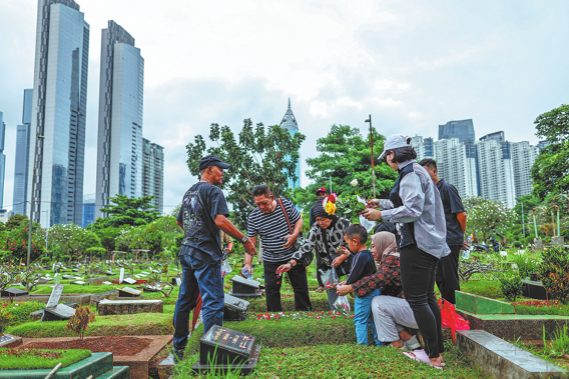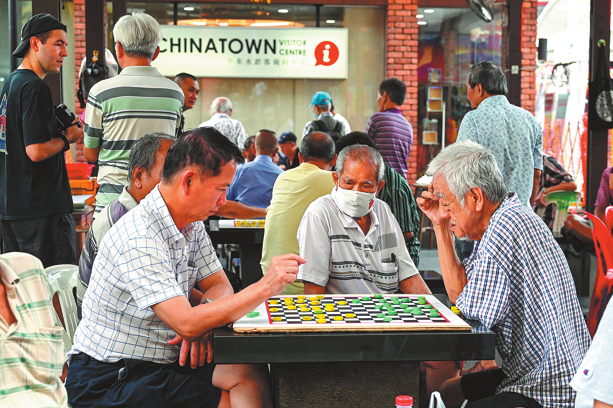Financial cooperation crucial to Asia's prosperity


On July 2, 1997, the Thai baht collapsed. After waves of speculative attacks, the government had run out of foreign currency and become unable to support its exchange-rate peg to the US dollar. So it floated the baht, which went into free fall. A wave of financial and nonfinancial Thai corporates that had borrowed heavily in dollars filed for bankruptcy. The Asian financial crisis had begun.
Unable to service their foreign debt, Thailand, Indonesia and South Korea turned to the International Monetary Fund for support. But the IMF's rescue packages were too little, too late, and came with excessively harsh conditions. East Asia, it increasingly appeared, would be better off saving itself.
The region certainly had resources. Though some countries, like Thailand, were running current-account deficits, East Asia as a whole ran an external surplus. So in September 1997, Japan proposed pooling the region's foreign-exchange reserves and using them to rescue ailing countries. The "Asian Monetary Fund" that would be established to manage this facility would, it was promised, move faster and impose less-stringent conditions than the IMF. But the United States and the IMF objected to the initiative, and the AMF was stillborn.
Nevertheless, regional actors did not give up on cooperation. In May 2000, the 10 ASEAN countries-Brunei, Cambodia, Indonesia, Laos, Malaysia, Myanmar, the Philippines, Singapore, Thailand and Vietnam-plus China, Japan and South Korea (ASEAN+3) signed the Chiang Mai Initiative, the region's first currency-swap arrangement.
By enabling countries to swap their local currencies for US dollars for a fixed period of time, the CMI was supposed to help regional borrowers overcome short-term liquidity challenges, thereby serving as a complement to the IMF. This opened the way for the fulfillment of the AMF's promise: In 2009, the CMI became the Chiang Mai Initiative Multilateralization, a multilateral reserve-pooling program totaling $120 billion. In 2014, the facility was expanded to $240 billion.
Another milestone came in 2002, when ASEAN+3 launched the Asian Bond Markets Initiative in the hope that a regional bond market would strengthen financial stability, reduce vulnerability to capital-flow reversals, mitigate currency and maturity mismatches, and counter "overbanking." In March this year, emerging East Asia's local-currency bond market was worth $23.5 trillion.
In 2005, the Asian Development Bank proposed the most ambitious attempt at regional financial cooperation: the Asian Currency Unit. A basket of the ASEAN+3 currencies, the ACU was devised as an anchor to which countries in the region could tether their own currencies, thereby deterring competitive devaluations and enabling countries in the region to float their currencies collectively against the US dollar. This would enable faster adjustment of current-account imbalances and promote regional trade and financial flows.
Building on the Asian Currency Unit idea, a group of Japanese economists devised a supplementary concept: the Asian Monetary Unit, whose value would reflect a weighted average of East Asian currencies. However, while Asian academics welcomed the proposals as possible first steps toward the creation of a common regional currency, neither the Asian Currency Unit nor the Asian Monetary Unit has gained traction among policymakers.
Unfortunately, Asian financial cooperation has been losing momentum in recent years for several reasons.
First, the need for regional liquidity support has become less urgent. Most of the ASEAN+3 countries run current-account surpluses most of the time, and the region had accumulated some $3.7 trillion in foreign-exchange reserves by the time the global financial crisis erupted in 2008-a more than sixfold increase from the $542 billion they held in 1997.
Second, although the Asian bond market has made impressive headway over the past 10 years, the development of local-currency bond markets is driven by domestic financial needs rather than regional financial cooperation, and cross-border local currency bonds are rarely issued. In fact, individual countries' financial development has significantly outpaced the development of infrastructure for the cross-border issuance of local-currency bonds. As a result, factors like nonstandardized regulations, inadequate market liquidity and a lack of an effective securities settlement system continue to hinder the development of cross-border issuance of local-currency bonds in the region.
Third, since the Asian financial crisis, most East Asian countries have adopted a managed-floating exchange-rate regime. But none of them have pegged their currencies to a basket of East Asian currencies based on the Asian Currency Unit, largely because they are unwilling to accept constraints on their exchange rates for the sake of exchange-rate stabilization among regional currencies.
More broadly, greater economic and financial cooperation is vital to Asia's long-term prosperity. Yet pursuing it-including the possible formation of an East Asian economic community-is fundamentally a political, not an economic, question. Because of East Asian countries' close geographic vicinity and economic connectivity, ASEAN+3 governments should urgently put the endeavor that began 25 years ago back on their agendas.
The author, former president of the China Society of World Economics and director of the Institute of World Economics and Politics at the Chinese Academy of Social Sciences, served on the Monetary Policy Committee of the People's Bank of China from 2004-06. The views do not necessarily reflect those of China Daily.
? Project Syndicate 2022

































